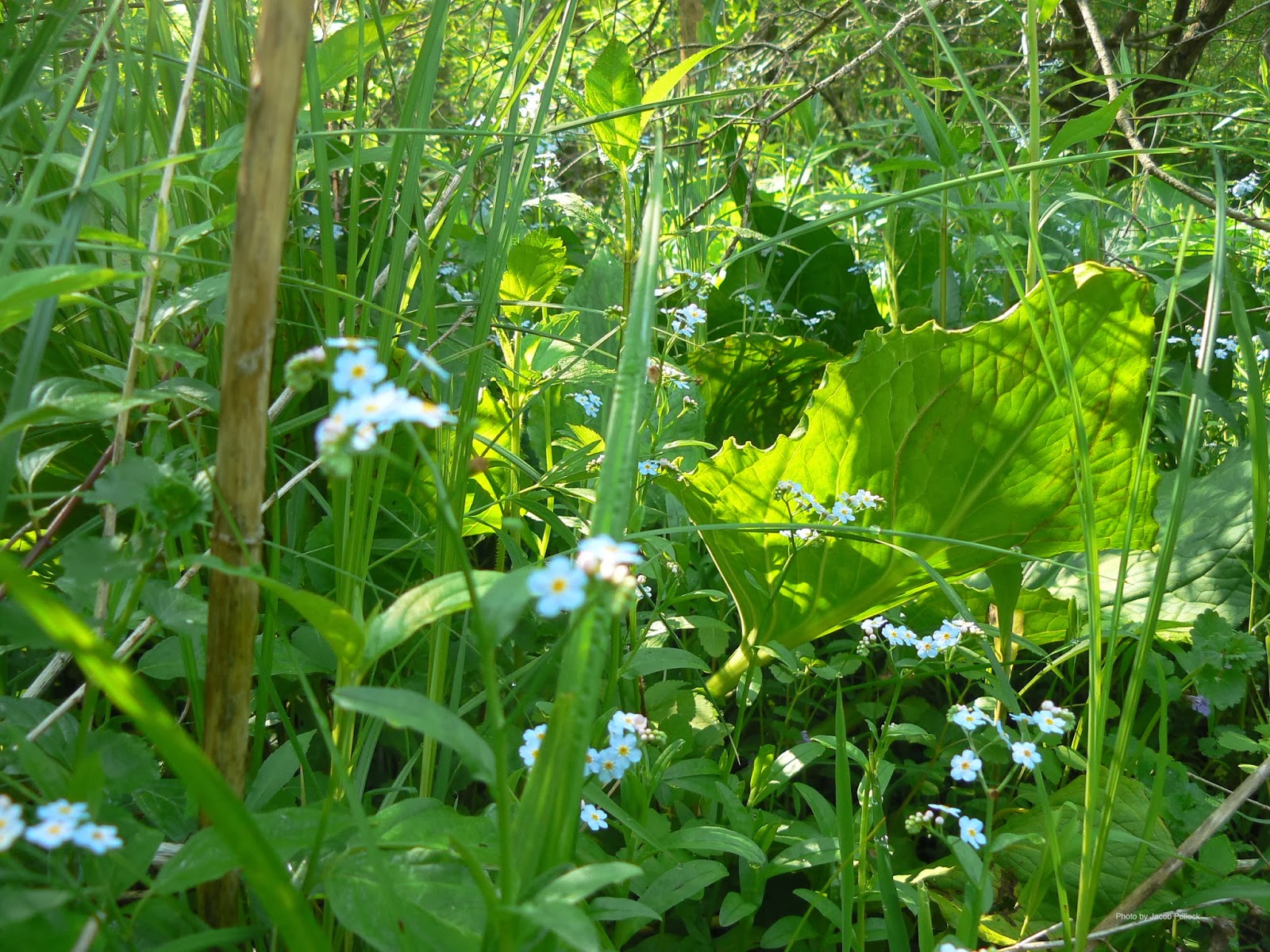Don’t worry
about what Phil said; spring will come!
In these dreary
days when the thermometer reads 4°F, but it "feels
like -15°F" (exactly what my weather channel app told me yesterday), don’t
forget that winter won’t last forever.
 |
| "Punxsutawney
Phil” and Bill Murray try and escape the February woes. Photo from http://snakkle.wpengine.netdna-cdn.com/wp-content/uploads/2013/02/bill -murray-phil-groundhog-day-actor-movie-photo-GC.jpg |
I’ve lived many
places: Michigan, Costa Rica, Pacific northwest… well I’ve lived 3 places. And whenever I
lived outside of the Mitten, I was disappointed by their seasons.
In Costa Rica, sure it was 50 - 70°F all year long, but, for me, there was little differentiation between the times of year. There was those few months when the green trees had some extra flowers thrown in there, when the machete trees (Erythrina berteroana) lost their leaves and kept their bright red flowers, but as a newcomer, the dry, wet, and wetter seasons weren’t all that pronounced. Maybe if I had lived there longer than 10 months, I would have grown accustom to the change of seasons, but I really missed spring and autumn.
In Costa Rica, sure it was 50 - 70°F all year long, but, for me, there was little differentiation between the times of year. There was those few months when the green trees had some extra flowers thrown in there, when the machete trees (Erythrina berteroana) lost their leaves and kept their bright red flowers, but as a newcomer, the dry, wet, and wetter seasons weren’t all that pronounced. Maybe if I had lived there longer than 10 months, I would have grown accustom to the change of seasons, but I really missed spring and autumn.
 |
| A green-crowned brilliant hummingbird perches in a flowering machete tree (Erythrina berteroana). |
I never stayed a full winter in the Pacific northwest, but they
definitely lacked autumn. Sure, all the Douglas fir, Sitka spruce, and cedar
trees were green all year long, but there was a definite lack of color.
 |
| Beautiful, but evergreen on San Juan Island, Washington. |
Michigan never disappoints with its season, weather good or bad.
Sure, I curse it often, especially when it keeps me from my adventures, but
where do you get such diversity and colors every single year?
Sometimes I wish I could go dormant like a plant in the winter, but the rest of the year is definitely worth the wait.
 |
| Wood lily (Lilium philadelphicum) blooming in July 2013 at Brandt Road Fen in Holly Recreation Area, Oakland County, Michigan. |
-Rachel H










.jpg)





